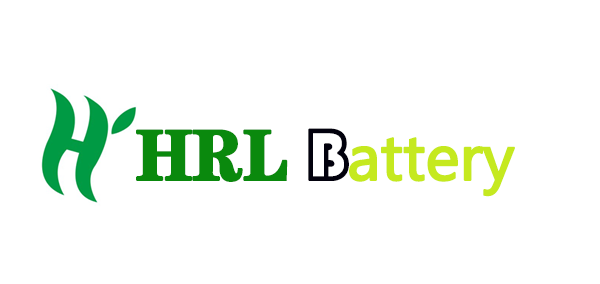Lithium batteries are divided into lithium batteries and lithium ion batteries. Cell phones and laptops use lithium-ion batteries, which are commonly known as lithium batteries. The real lithium battery is rarely used in daily electronic products due to its high risk.
Lithium-ion battery is a kind of rechargeable battery, which mainly relies on the movement of lithium ions between the positive and negative electrodes to work. During the charging and discharging process, Li+ intercalates and deintercalates back and forth between the two electrodes: when recharging the battery, Li+ deintercalates from the positive electrode and inserts into the negative electrode through the electrolyte, and the negative electrode is in a lithium-rich state; the opposite is true during discharge. Generally, batteries that use materials containing lithium as electrodes are representative of modern high-performance batteries.
The working principle of lithium ion battery
Lithium-ion batteries use carbon materials as the negative electrode and lithium-containing compounds as the positive electrode. There is no metal lithium, only lithium ions, which is a lithium ion battery. Lithium ion battery refers to the general term for batteries with lithium ion intercalation compound as the cathode material. The charging and discharging process of lithium ion batteries is the process of intercalation and deintercalation of lithium ions. In the process of intercalation and deintercalation of lithium ions, it is accompanied by the intercalation and deintercalation of electrons equivalent to lithium ions (the positive electrode is usually represented by insertion or deintercalation, and the negative electrode is represented by insertion or deintercalation). During the charging and discharging process, lithium ions are intercalated/deintercalated and intercalated/deintercalated back and forth between the positive and negative electrodes, which are vividly called “rocking chair batteries”.
Lithium batteries are divided into lithium batteries and lithium ion batteries. Cell phones and laptops use lithium-ion batteries, which are commonly known as lithium batteries. The real lithium battery is rarely used in daily electronic products due to its high risk.
Lithium-ion battery is a kind of rechargeable battery, which mainly relies on the movement of lithium ions between the positive and negative electrodes to work. During the charging and discharging process, Li+ intercalates and deintercalates back and forth between the two electrodes: when recharging the battery, Li+ deintercalates from the positive electrode and inserts into the negative electrode through the electrolyte, and the negative electrode is in a lithium-rich state; the opposite is true during discharge. Generally, batteries that use materials containing lithium as electrodes are representative of modern high-performance batteries.
When the battery is charged, lithium ions are generated on the positive electrode of the battery, and the generated lithium ions move to the negative electrode through the electrolyte. The carbon as the negative electrode has a layered structure. It has many micropores. The lithium ions reaching the negative electrode are embedded in the micropores of the carbon layer. The more lithium ions are inserted, the higher the charging capacity. Similarly, when the battery is discharged (the process we use the battery), the lithium ions embedded in the carbon layer of the negative electrode are released and move back to the positive electrode. The more lithium ions returned to the positive electrode, the higher the discharge capacity.
Generally, the charging current of a lithium battery is set between 0.2C and 1C. The larger the current, the faster the charging and the greater the battery heating. Moreover, charging with an excessive current will result in insufficient capacity because the electrochemical reaction inside the battery takes time. Just like pouring beer, pouring too fast will produce foam, but dissatisfaction.For batteries, normal use is the process of discharging.
Points to note when discharging lithium batteries:
1.the discharge current should not be too large. Excessive current will cause heat inside the battery, which may cause permanent damage. On the mobile phone, this is not a problem, so you can ignore it.
2.it must not be over-discharged! Lithium batteries are most afraid of overdischarge. Once the discharge voltage is lower than 2.7V, the battery may be scrapped. Fortunately, a protection circuit has been installed inside the battery of the mobile phone, and the voltage is not low enough to damage the battery, the protection circuit will work and stop discharging. It can be seen from the figure that the larger the battery discharge current, the smaller the discharge capacity and the faster the voltage drop.
Post time: Nov-02-2020





